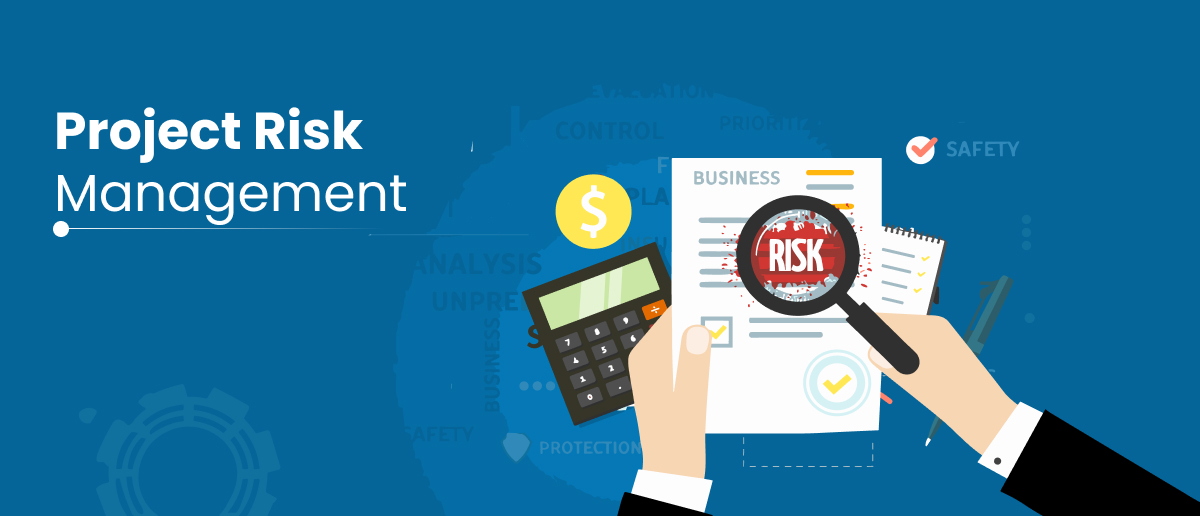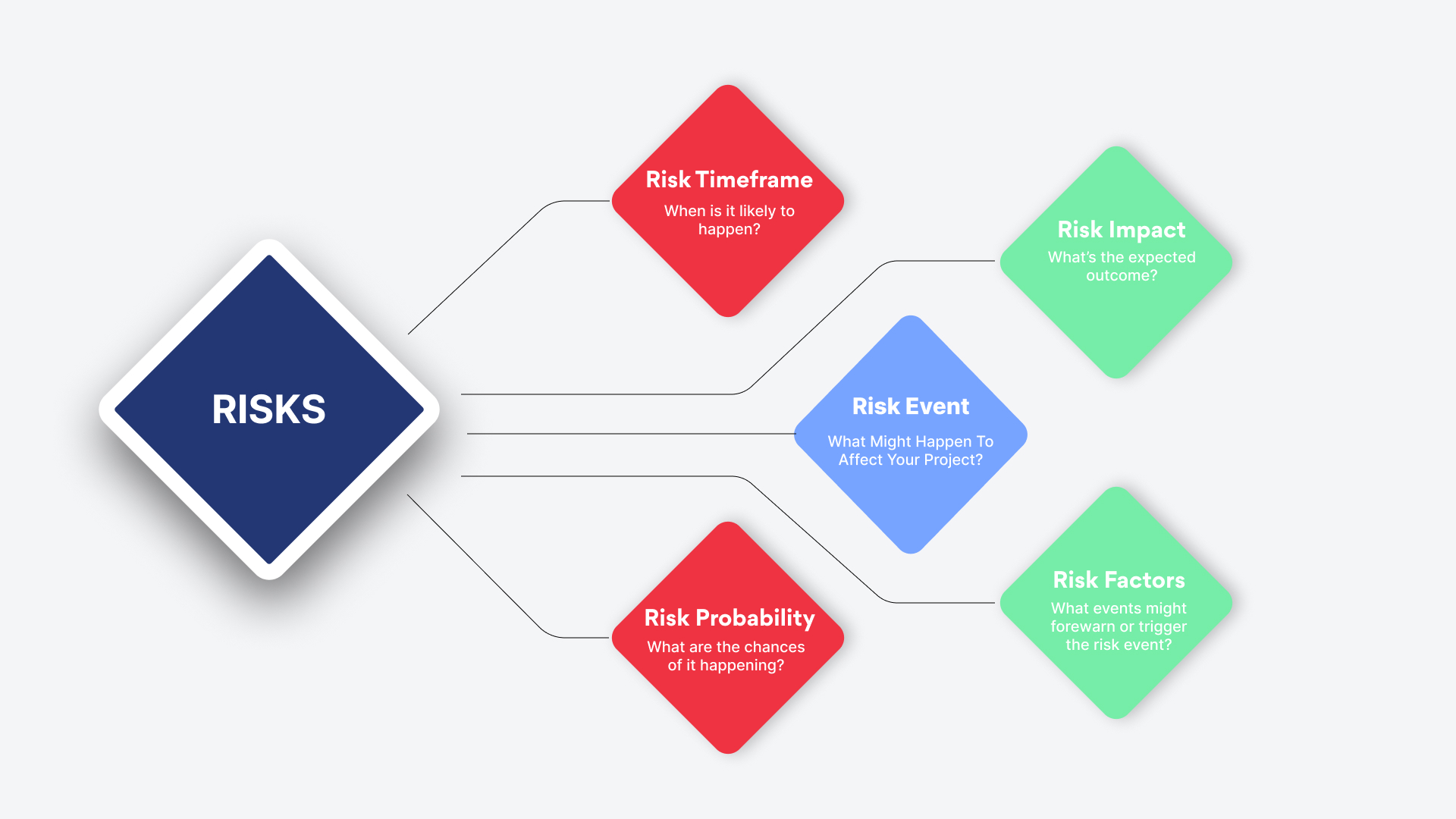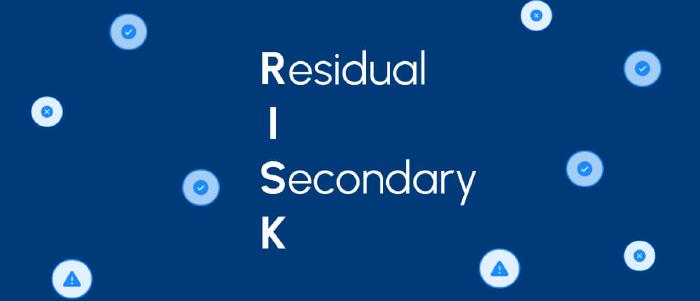
September 5 2023
8 min read

Sep
“If you don’t invest in risk management, it doesn’t matter what business you’re in, it’s a risky business.” - Gary Cohn, Vice Chairman of IBM
Tick-Tock.
There goes the sound of your timer. You have a project due in two hours, and the pressure’s on. You are frantically typing away at your laptop keys in a race against the clock. And just as you are nearing the end, your Wi-Fi glitches. A pop-up appears, saying that your work hasn’t been saved. Now, you have to start from scratch. You would not meet your deadline.
Project risk management training can help account for such unforeseen situations. It helps you stay one step ahead by preparing you for project roadblocks and hiccups. This article will dive deeper into risk management strategies for agile projects and help you start with them.
But first, let us cover the basics.
Project risk management training refers to a structured educational program that equips individuals with the knowledge, skills, and tools to identify, assess, prioritize, and respond to potential uncertainties or threats that could impact the successful completion of a project. The course emphasizes strategies to minimize negative outcomes and capitalize on opportunities, ensuring that projects are delivered on time, within budget, and to the specified quality standards.
Risks are anything that can affect the outcome of a project. Think resource shortage, natural disasters, scope creep, security breaches, etc. There can also be positive risks in project management, like strategic partnerships, early project completion, or favorable market conditions.
Risks can be broken down into 5 elements:

Preparing for these risks is the secret sauce to a successful project. That is where risk management comes in. It involves identifying and analyzing risks to create a contingency plan in case they occur. This helps ensure smooth sailing till project completion.
Look at it this way: Whenever you back up the photos on your phone onto a hard disk or in cloud storage, it is risk management in action. You are anticipating the loss of these photos and taking precautionary measures to account for it. This sort of pro-activeness is what project risk management is all about.
You should plan risk management from project inception until the very end to be effective. It is an ongoing process that must be considered at each project phase. Here is a breakdown of the various risk management steps you will need to take:
Identify the risks: You need to start preparing for risks even before your project begins. Conduct a brainstorming session with your team and list every risk (positive or negative) that comes to mind. Once you have made headway, get buy-in from leadership and zero in on the most relevant suggestions.
Assess and prioritize each risk: After shortlisting, analyze each risk to understand its probability and impact. Rate each risk with high, medium, or low probability. Similarly, you could also assign an impact rating as well.
Assign an owner to the risk: A good leader delegates well. This is exactly why you should make each team member responsible for at least one risk. If it turns into an issue, they will drive the efforts towards resolving it. Ask them to create a management plan where they list strategies and action plans to mitigate the risk they have been assigned. Not only does this instill a sense of accountability, but it also creates awareness around risk management.
Monitor identified risks: During the project, you will need to watch for the occurrence of a risk. Remember to review the associated mitigation plans, too, in case they need to be updated in accordance with changing market scenarios.
Implement risk response: Execute the planned risk mitigation strategies as needed when identified risks materialize. This may involve activating contingency plans or taking corrective actions.
While the above steps outline the risk management process, they are just the tip of the iceberg. To effectively put them into practice, you’ll need to delve deeper into risk budgets, tolerance, and frameworks.
That is why project risk management training is so important. In addition to helping you make better decisions when faced with uncertainty, it equips you with much-needed skills and knowledge in the project management world.
Leading a team without project risk management training is like throwing someone into the ocean without teaching them to swim. It very rarely ends well. This is why you should make it a point to invest in the right courses and encourage your team to do the same. Investing in the same can help you in the following ways:
Difficult situations cannot faze you when you have the right risk management skills. This is because you have the required knowledge to handle roadblocks effectively. When in doubt, refer to your training material for general guidelines and implementation. Not only will this lead to more predictable outcomes, but it also increases the likelihood of meeting project objectives.
With the right training, you’ll be able to identify potential cost overruns and resource shortages ahead of time. This means you can take corrective action before the situation spirals out of control and ensure the project runs smoothly. This boosts the company’s credibility, team morale, and client satisfaction.
Project risk management training can help you identify risks proactively. This nudges you to take preemptive actions to mitigate or avoid them. It also gives you an in-depth understanding of conducting risk assessments, prioritizing them according to impact, and calculating risk budgets.
Reaching a quick consensus with your team when facing an issue is unlikely. Often, it takes hours of deliberation and brainstorming. But this process becomes much easier when you are trained on risk management best practices. One of the key reasons is that most training programs help participants hone their decision-making skills by providing them with the tools and frameworks needed to make informed choices in uncertain situations. In turn, they’ll be able to navigate situations swiftly and confidently.
Another benefit of project risk management training is that it covers the development of risk response plans. Learners are taught how to formulate strategies while addressing risks—whether through risk avoidance, reduction, transfer, or acceptance. These plans serve as roadmaps for navigating potential obstacles and ensuring project success.
To be the best, you need to learn from the best. But with so many courses, it’s easy to get overwhelmed. To make things a tad easier for you, we have curated a list of the top-reviewed project risk management courses. Read on.
Duration: 8 hours Prerequisites: None
Key concepts
Duration: 32 hours
Prerequisites
Optimize project execution with risk management training
Project risk management training is paramount in a quickly evolving business landscape–where change is the only constant. Helping learners identify, assess, and mitigate risks empowers them to transform potential threats into opportunities for success.

September 5 2023
8 min read

July 18 2023
6 min read

July 3 2023
13 min read

June 12 2023
5 min read